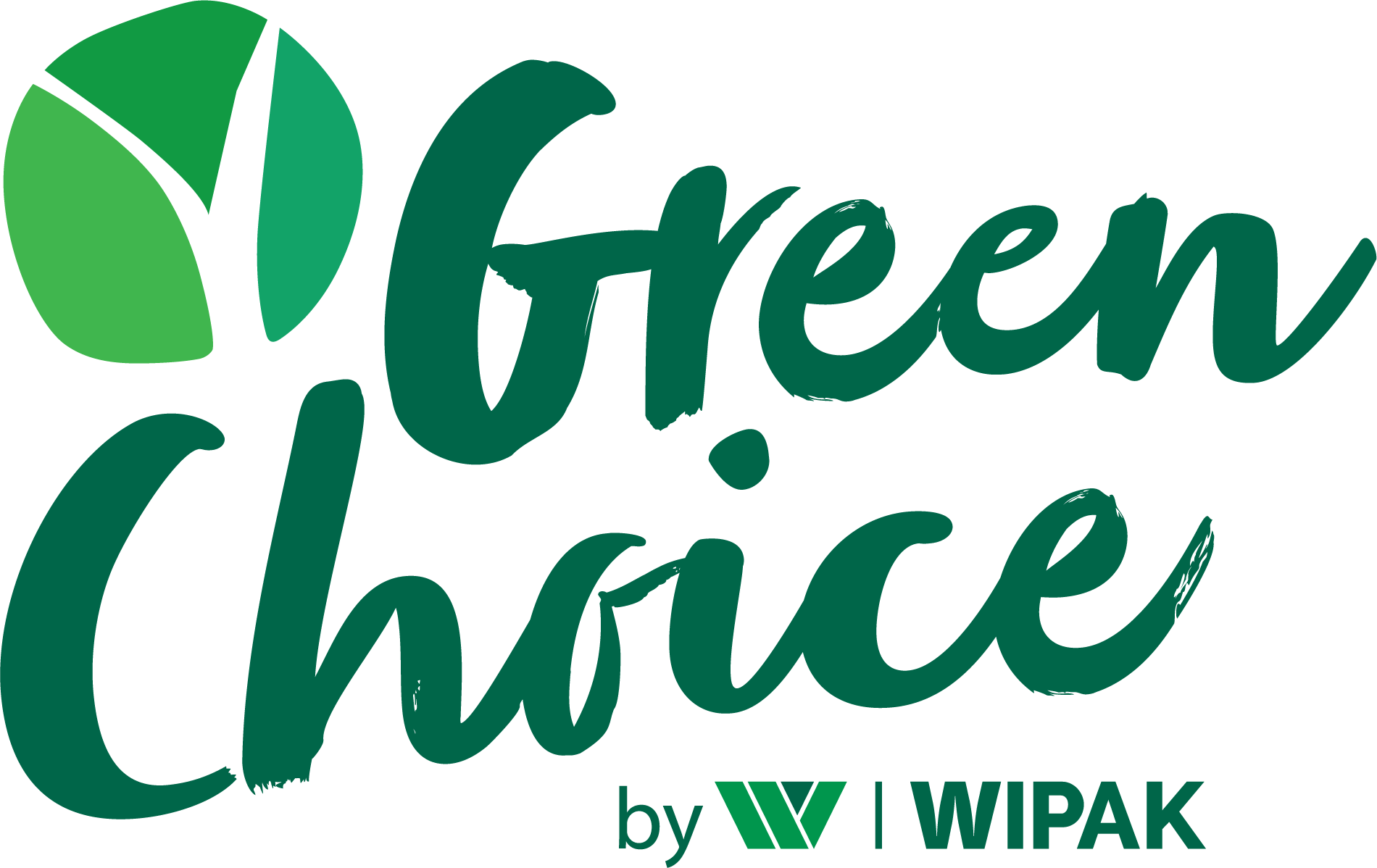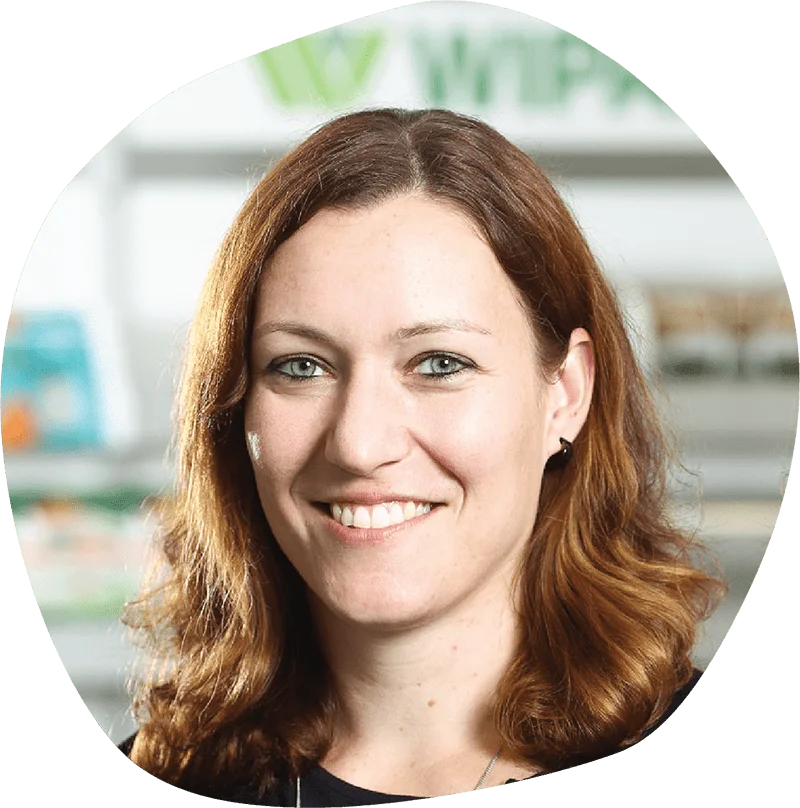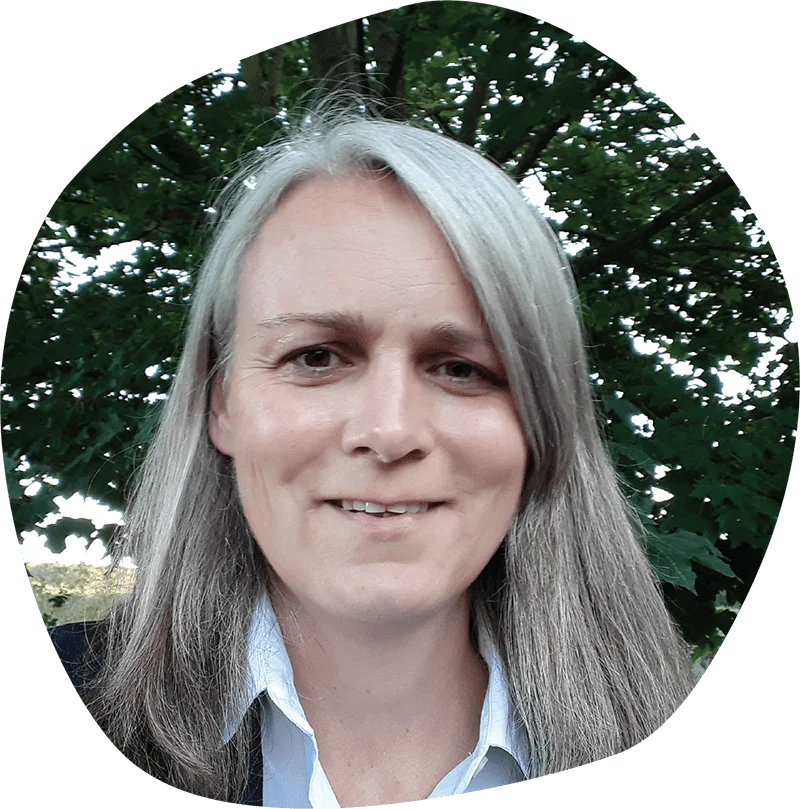In 2019, Wipak committed to becoming the first climate neutral flexible packaging company by 2025. This ambitious goal drives us to a better and more sustainable future, starting with the complete carbon neutrality of our production sites. GreenChoice by Wipak is the next step: contributing to a cleaner environment through the product side of our business.
We are more than happy to shoulder our share of the responsibility for creating a circular future for packaging. That’s why every step we have taken has been deliberate and has led to the development of our impressive GreenChoice portfolio, complete with three main categories:
We are more than happy to shoulder our share of the responsibility for creating a circular future for packaging. That’s why every step we have taken has been deliberate and has led to the development of our impressive GreenChoice portfolio, complete with three main categories:
)
)
)
)

)
)




